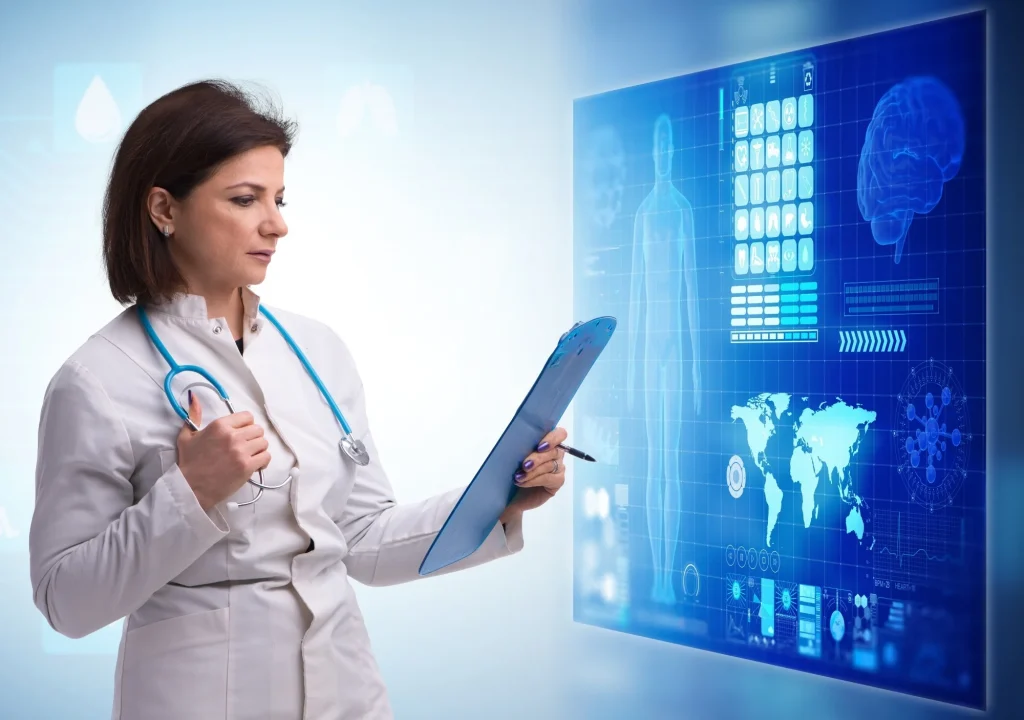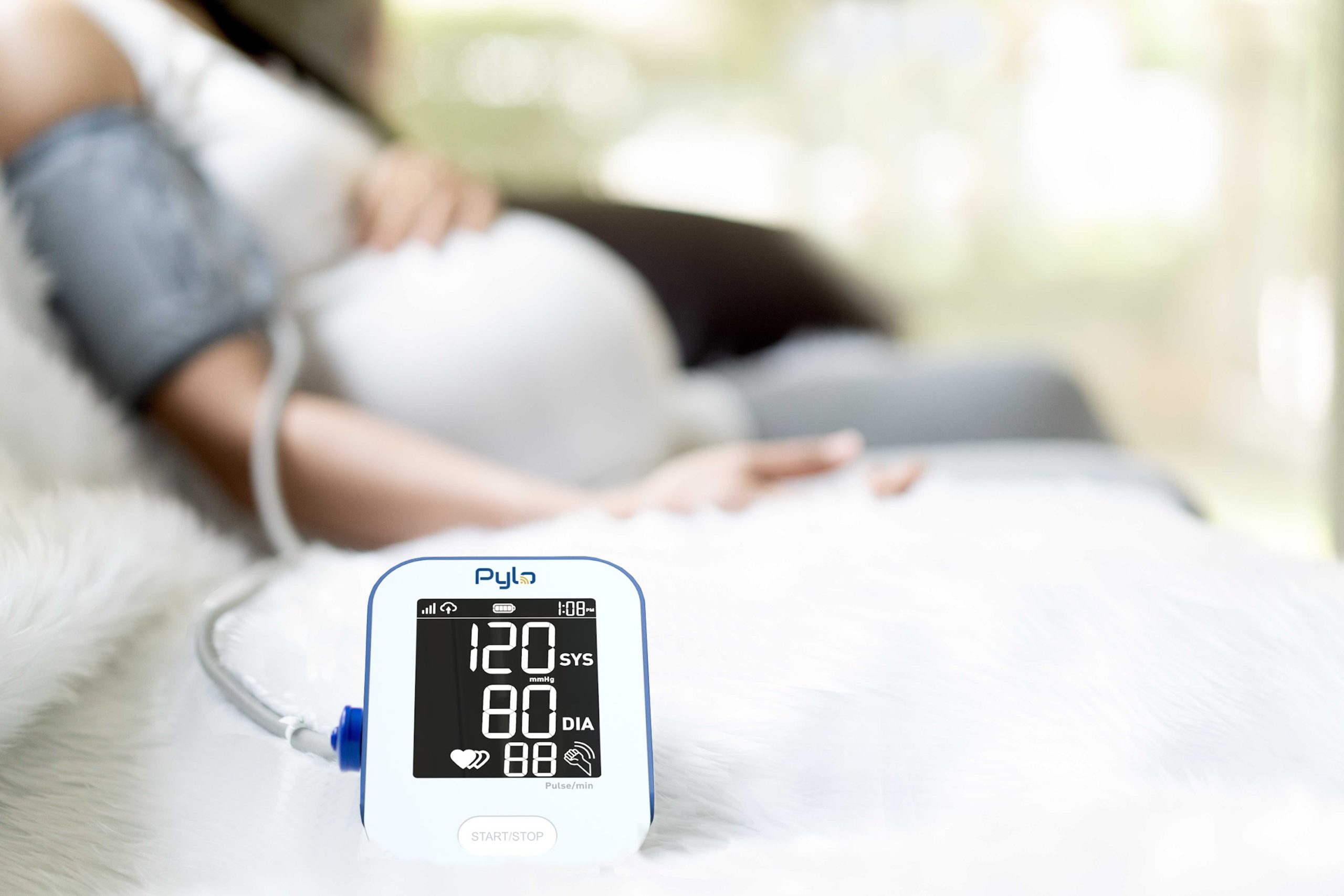Introduction
In today’s fast-evolving healthcare landscape, Remote health monitoring is transforming how patients receive care, especially in home environments. As technology advances, healthcare providers and families can now track vital signs, chronic conditions, and daily wellness more efficiently than ever before. For individuals who prefer the comfort of home while maintaining professional oversight, remote health monitoring offers safety, convenience, and continuity of care. This system bridges the gap between patients and clinicians, ensuring that timely interventions happen before health issues escalate. In this article, we explore four simple yet powerful methods to enhance home care using remote health monitoring solutions.
Understanding Remote Health Monitoring
Remote health monitoring refers to the use of digital tools, devices, and platforms that allow healthcare professionals to collect and analyze patient data outside traditional clinical settings. This approach relies on connected devices that measure vital signs like blood pressure, heart rate, oxygen levels, and glucose levels, transmitting data in real time to healthcare providers. By doing so, remote health monitoring promotes proactive and preventive care, reducing hospital visits and improving patient outcomes. It plays a critical role in supporting the elderly, those with chronic diseases, and patients recovering from surgeries or acute conditions.
The Role of Remote Health Monitoring in Modern Healthcare
Modern healthcare emphasizes personalized, continuous care, and digital technology fits seamlessly into this vision. It ensures patients remain under constant observation, even from miles away. Physicians can monitor trends, detect abnormalities, and adjust treatment plans accordingly. For home care, this technology allows caregivers and family members to gain insights into the patient’s condition, helping them make informed decisions quickly. The integration of connected monitoring systems into daily routines leads to better medication adherence, improved disease management, and reduced emergency admissions.
Method 1: Wearable Health Devices
One of the most effective ways to enhance home care is through wearable technology. Smartwatches, fitness trackers, and medical-grade wearables have become essential tools in modern healthcare. These devices continuously track important metrics such as heart rate, sleep patterns, physical activity, and oxygen saturation. For patients managing chronic conditions, wearables can send alerts when readings move outside normal ranges, enabling timely action. The continuous stream of health data allows healthcare providers to analyze trends and personalize treatment plans. Wearables empower patients to take control of their well-being while reducing the need for frequent clinic visits. With the growing popularity of connected devices, this technology has become more accessible and affordable than ever before.
Method 2: Mobile Health Applications
Another key method for improving home care through remote health monitoring is the use of mobile health applications. These apps act as communication bridges between patients and medical professionals. They allow users to record symptoms, access educational content, schedule virtual appointments, and view personalized recommendations. Many apps are integrated with wearable devices and smart sensors, ensuring that patient data remains synchronized across platforms. For caregivers, mobile apps make it easy to monitor progress, track medication schedules, and receive reminders. This method enhances engagement and accountability, making remote health monitoring an integral part of patient self-management.
Method 3: Smart Medical Devices and Sensors
Smart medical devices such as digital blood pressure cuffs, glucometers, pulse oximeters, and ECG monitors play a pivotal role in remote health monitoring. These devices collect precise biometric data and send it directly to healthcare databases via secure cloud systems. Physicians can access this data anytime, ensuring they have up-to-date insights into patient health. This approach minimizes human error in recording readings and supports timely medical interventions. For home care patients, having connected medical devices ensures continuous observation without constant hospital visits. Smart sensors can also detect motion, falls, or irregular breathing patterns, alerting caregivers immediately. By integrating such devices into home environments, remote health monitoring enhances patient safety and comfort.
Method 4: Telehealth and Virtual Consultations
Telehealth has become a cornerstone of remote health monitoring, providing direct access to healthcare professionals through video calls, chat, and secure messaging platforms. Virtual consultations enable real-time discussions between doctors and patients, eliminating travel time and allowing for quick diagnosis and treatment adjustments. For individuals with mobility challenges or those living in remote areas, telehealth ensures continuity of care. It also complements other remote health monitoring tools by allowing providers to interpret data and deliver personalized recommendations instantly. Through telehealth, home care becomes interactive, efficient, and more connected than ever before.
Benefits of Remote Health Monitoring in Home Care
Implementing remote health monitoring in home care brings numerous advantages. It empowers patients to participate actively in their own healthcare journey, fostering independence and awareness. Continuous data collection helps in early detection of potential health issues, reducing emergency situations and hospital readmissions. Families gain peace of mind knowing their loved ones are being monitored constantly. For healthcare providers, remote health monitoring enhances workflow efficiency, allowing them to focus on patients who need immediate attention. Moreover, it improves communication, supports evidence-based decisions, and aligns with modern healthcare’s focus on preventive care.

How Remote Health Monitoring Supports Chronic Disease Management
Chronic conditions such as diabetes, hypertension, and heart disease require constant vigilance. Remote health monitoring enables seamless management by tracking key metrics and alerting caregivers to any irregularities. For instance, patients with hypertension can measure their blood pressure at home and transmit results to their physicians. Those with diabetes can log glucose levels through connected glucometers. This real-time monitoring helps clinicians adjust medications promptly, preventing complications. Additionally, remote health monitoring fosters adherence to prescribed routines and motivates patients to maintain healthier lifestyles. Over time, it leads to better disease control and improved quality of life.
Challenges and Future Outlook
While remote health monitoring offers numerous benefits, challenges such as data security, connectivity issues, and user adoption remain. Ensuring that patient information is protected and systems comply with healthcare privacy regulations is essential. Additionally, not all patients are comfortable using digital tools, especially older adults. To overcome these barriers, education and simplified technology are key. The future of remote health monitoring looks promising, with advancements in artificial intelligence, machine learning, and predictive analytics driving more accurate and proactive healthcare solutions. As the world moves toward smarter healthcare ecosystems, remote health monitoring will become a standard element of home-based care.
Conclusion
Remote health monitoring is reshaping the future of healthcare, offering personalized, continuous, and efficient care solutions right at home. The four simple methods discussed—wearable devices, mobile applications, smart sensors, and telehealth—demonstrate how technology can elevate patient care and safety. As healthcare systems shift toward value-based care, adopting remote health monitoring ensures patients receive timely attention and improved outcomes. For families and providers alike, embracing these technologies means bridging gaps, enhancing communication, and delivering quality care within the comfort of home. Advanced Health Care believes that the future of wellness begins with connected, proactive care powered by remote health monitoring.
Click here to return to the homepage and unlock more content.
Frequently Asked Questions
1. What is remote health monitoring and how does it work?
Remote health monitoring uses digital devices and software to track patient data, such as heart rate, blood pressure, and oxygen levels, from home. This data is shared securely with healthcare providers who analyze it and make timely medical decisions.
2. Which patients benefit most from remote health monitoring?
Remote health monitoring is ideal for patients with chronic diseases, seniors needing consistent observation, and those recovering from surgeries. It also benefits individuals seeking preventive healthcare and early detection of issues.
3. Are remote health monitoring systems safe and accurate?
Yes, remote health monitoring systems use advanced encryption to protect patient data and rely on clinically tested devices for accuracy. Regular calibration and professional oversight ensure reliable performance and secure health management at home.
